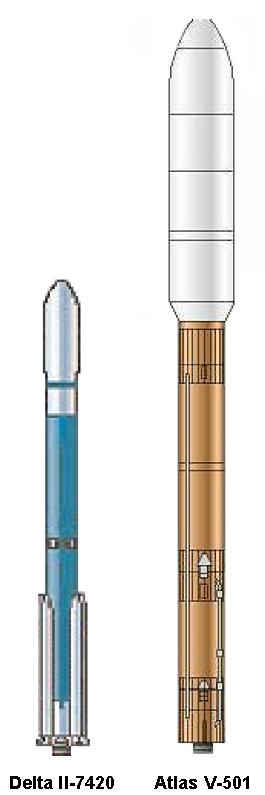On December 11, United Launch Alliance is scheduled to launch its X-37B prototype space plane for the Air Force from Cape Canaveral for the third time. Its mission, however, still remains a mystery.
The plane could carry out a range of missions, but in each case there are better, more efficient, and more cost-effective ways of accomplishing them. And because it is an Air Force project and its details are classified, the plane has generated confusion, speculation and, in some cases, concern about its actual purpose.
In April 2010, the Air Force launched the first of two prototype space planes, which stayed in orbit for seven months. In March 2011, it launched the second prototype, which remained in orbit for more than a year. This launch will mark the first prototype’s return to space.
What distinguishes the space plane from other spacecraft is its ability to return from orbit and land on a runway. But this capability requires extra structure, such as wings, landing gear and heat shielding to withstand the rigors of re-entry, making it significantly heavier than comparable spacecraft that are not designed to return to Earth. Because of this extra mass, the space plane is much more difficult to maneuver in space and significantly more expensive to launch. For example, the Delta II launcher can lift into orbit a maneuvering deployment stage carrying four half-ton Globalstar satellites. The X-37B must be launched on the much larger Atlas V and could not carry even one of these satellites into orbit.
We’ve detailed this in a new briefing paper: other spacecraft can carry payloads into orbit, maneuver in space, rendezvous with satellites, release multiple payloads, and return to Earth more efficiently and at less cost than the space plane.
The ability to return to Earth carries a high price; most space missions don’t require bringing a spacecraft back to Earth, and the space plane makes no sense for them. And if returning to Earth does make sense, spacecraft usually use parachutes, not wings and landing gear. (Craft that make an earth landing, like the Soyuz, use a set of parachutes and burn retrorockets just before landing to soften the impact. Craft that make water landings, like Space X’s Dragon, don’t use retrorockets.)
The Air Force has stated that the X-37B will allow it to carry out experiments in space over a long period of time and return them to Earth. Thus far, however, the Air Force has not provided any cost or capability analyses that compare the space plane with simpler spacecraft that return by parachuting to Earth rather than landing on a runway.
Given the Air Force’s reticence in discussing the rationale behind the space plane and the fact that it is a military program, other countries may infer that the X-37B has a specialized military purpose. But the space plane does not make sense as a space weapon or a vehicle for deploying space weapons. A craft with a primary purpose of bringing massive cargo, like space weapons, into orbit would be designed differently, as would a craft with the purpose of rendezvousing with other satellites.
While the X-37B program may well serve its stated purpose of developing technology for a long-lived returnable craft, returning to Earth on a runway isn’t a mission in itself. What kinds of things that we want done in space can the space plane do better or more efficiently? Congress and the administration should be asking for a persuasive rationale for spending this money.

